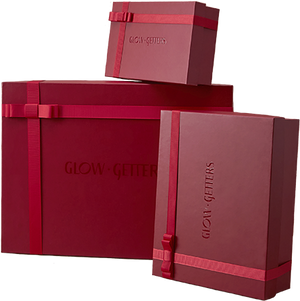Vitamin D has been a hotly debated topic over the years and we haven’t yet learned about its many roles. Nonetheless, one thing we know for sure is how essential and beneficial it is for everyone. To boost your vitamin D levels, your best bet is to go out and get some sunlight – instead of relying on your diet as most foods don’t naturally have vitamin D. Despite living in a country where the sun shines almost 365 days a year, studies have shown that a whopping 90% of the UAE population is deficient. The following will be a guide for safe sun exposure.
You might have heard the generalized recommendation of 15 minutes of sun exposure. However, it should be more personalized as vitamin D depends on a couple of factors:
- Time of day: At noon, the sun is at its highest point, and its UVB rays are most intense. That means you need less time in the sun to make sufficient vitamin D.
- Duration of exposure: The longer time you are out, the more vitamin D will be produced.
- Amount of skin exposed: The more skin exposed, the more vitamin D the body will make.
- Skin type: People with darker skin typically have more melanin than people with lighter skin. This means that darker-skinned people need to spend more time than lighter-skinned people to produce the same amount of vitamin D.
- Geographical location: People living in areas farther away from the equator make less vitamin D.
There’s an app called d-minder which I found very helpful in tracking and managing vitamin D levels by giving you a more personalized recommendation based on all factors mentioned above. It will track how long you can stay out and warn you when the time is up.
Obviously, we are all aware of the harmful UV rays so our first instinct is to slather on sunscreen. The problem is that a lot of sunscreens are quite toxic and definitely cause more harm than good. But if you are planning to spend extended periods of time out in the sun, find one that is high-quality and mineral based for best results and avoid the ones with nano-particles.
Luckily, Mother Nature has also provided us with sunscreens that don’t come in plastic bottles. New research suggests some foods have the power to protecting your skin from sun damage.
Here are a few things you should be getting a lot of:
- Omega-3 fatty acids (fish, eggs, walnuts, pumpkin, chia and flax seeds)
- Beta-carotene (carrots, red bell peppers, sweet potatoes, spinach, kale, collard greens and most yellow/orange veggies)
- Vitamin E (pumpkin seeds, almonds, avocado and asparagus)
- Vitamin C (bell peppers, dark leafy greens, kiwi, broccoli, berries, citrus fruits, tomatoes, peas, papayas, and cabbage)
- Chlorophyll (dark leafy greens, microalgaes like chlorella and spirulina)
- Epigallocatechin gallate (ECGC) and polyphenols (green, black and white tea, rosemary, thyme, oregano, garlic and cocoa)
And some to avoid:
- Processed foods
- Vegetable oils (found in lots of processed foods)
- Sugars
SHOP:
NUORI's Mineral Defence Sunscreen:
An all-natural formula that delivers broad spectrum protection against both UVA and UVB rays. A new generation of transparent, non-nano zinc oxide ensures high protection with a soft sensory feel and sheer, non-sticky finish.



